
Construction Help - Stainings
Staining your wood gives your True North design a personal touch, it can also protect your structure from the elements.
Here are a few options:
Natural Transparent Finish
Over time, cedar ages to a soft, silver-grey finish that many love. If you wish to retain the rich, natural tones of cedar, finish your structure with a coating that contains ultraviolet shielding properties as well as a mildewcide. Transparent outdoor stains contain no pigments but have water-repellent features that protect the natural coloration and keep your building looking new. They also substantially slow the natural discoloration of your wood.
Sample Gallery
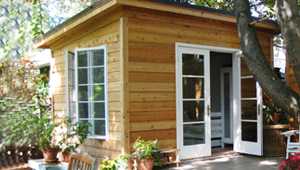

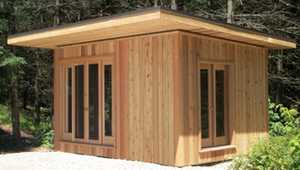

Semi-Transparent Finish
Semi-transparent outdoor stains are less "natural" because of the added pigment, but still allow the beauty of the wood to shine through. A semi-transparent finish modifies the original wood color but not enough to take away the natural look.
Sample Gallery
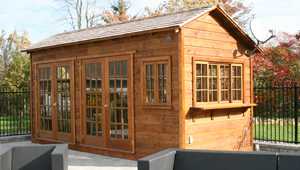

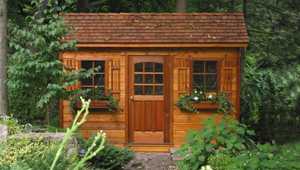

Colored/Opaque Finish
Colors can be a lot of fun and the results are often dramatic, great for a unique look You can stain your shed or other building style to match the surrounding architecture. Or if you’d like it to blend in to the landscape, go for something subtle. Choose one color for all the components, or detail the trim with a second or even third color. It's all up to you.
Sample Gallery
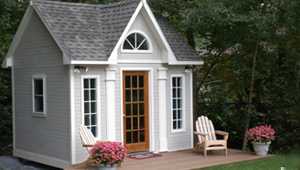

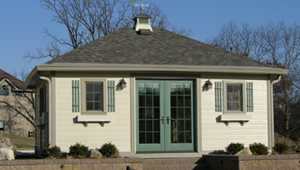

Applications
-
The sooner you treat your building, the better. Some woods if left untreated and exposed to the elements, will be prone to deterioration. This means staining should be done quite quickly.
-
Wash your wood siding with soapy water to remove the dirt and prepare it for outdoor staining.
-
All outdoor stains should be applied over a clean, dry surface. They are best applied by brush for maximum penetration. Mix the stain thoroughly before and during applications for uniform coverage.
-
For vertical siding, begin at the top of a few boards and continue all the way to the bottom. For horizontal applications start at one corner and work to an obvious stop. Staining the interior, while not required, has no inherent advantage or disadvantage and is optional.
-
We recommend that you apply two coats of your stain. Rough-sawn and weathered surfaces are much more absorptive and will require more stain or paint.
-
Opaque outdoor stains are high in pigment content and thoroughly hide the grain and color of the wood. The surface texture is retained, but opaque stains tend to perform like paint. If you go with this choice, we recommend an alkyd oil prime for the first coat, followed by a acrylic latex paint second coat (for smooth face sidings) or an opaque stain (for rough face sidings).
Keep in mind that the above suggestions are only guidelines and the instructions you follow should be those of the stain manufacturer you choose for your True North building. No matter what you choose, your building promises to look great!






